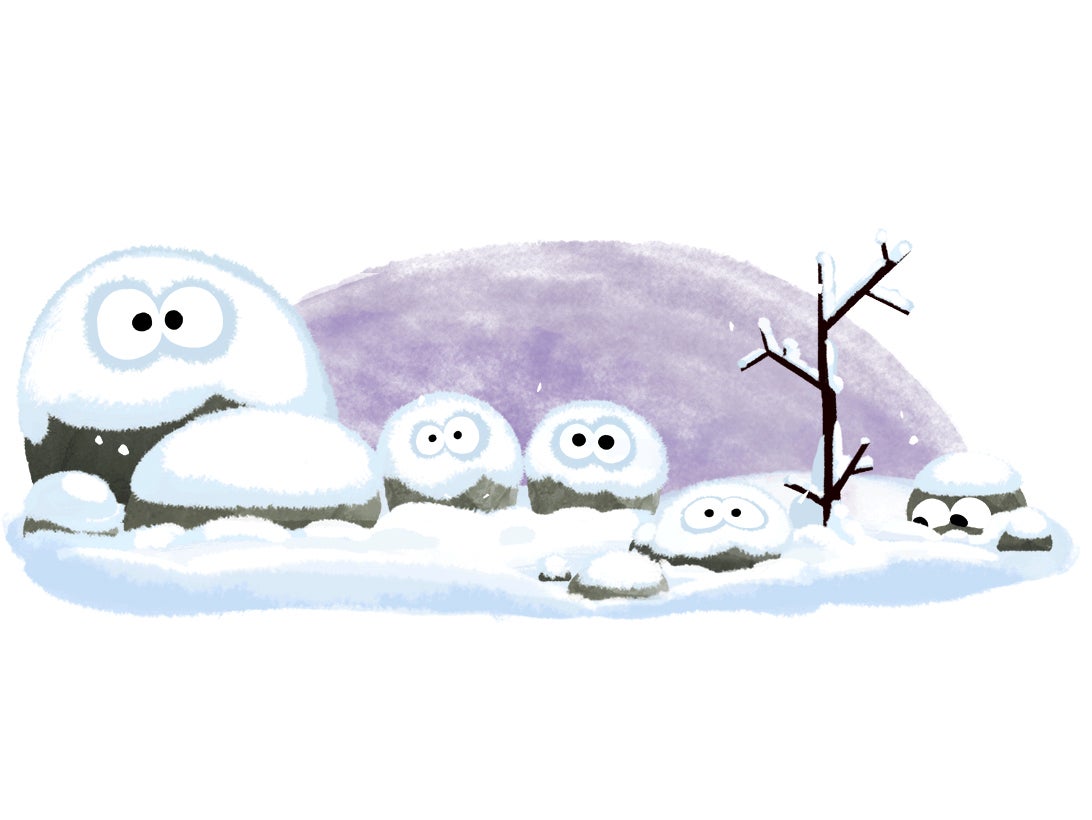First day of winter: Solstice and shortest day marks the daily increase of sunlight hours
Daylight on Wednesday will last just seven hours, 49 minutes and 41 seconds
Your support helps us to tell the story
From reproductive rights to climate change to Big Tech, The Independent is on the ground when the story is developing. Whether it's investigating the financials of Elon Musk's pro-Trump PAC or producing our latest documentary, 'The A Word', which shines a light on the American women fighting for reproductive rights, we know how important it is to parse out the facts from the messaging.
At such a critical moment in US history, we need reporters on the ground. Your donation allows us to keep sending journalists to speak to both sides of the story.
The Independent is trusted by Americans across the entire political spectrum. And unlike many other quality news outlets, we choose not to lock Americans out of our reporting and analysis with paywalls. We believe quality journalism should be available to everyone, paid for by those who can afford it.
Your support makes all the difference.The northern hemisphere is waking up from the longest night of the year to the first day of winter.
Today, the tilt of the North Pole will reach -23.5 degrees outwards, the furthest away from the sun it is all year.
The winter solstice marks the first day of winter for astronomers and is the subject of an animated Google Doodle in which snow-covered rocks with eyes appear to shiver as snow falls.

While the entire day is typically considered solstice, scientists can measure the precise moment it occurs, when the sun is directly over the line marking the Tropic of Capricorn – the latitude stretching across the southern hemisphere.
This will happen at 10.44am in the UK, with people set to gather at ancient monuments such as Stonehenge to watch the sunrise and the moment when the sun reaches its most southerly point in the sky.
Daylight on Wednesday will last just seven hours, 49 minutes and 41 seconds – almost nine hours less than the year’s longest day in the summer.
However, in regions to the north of the Arctic Circle, the winter days have no sunlight at all.
Usually, the solstice falls on the 21st day of the month, but the time can vary each year, due to the slight discrepancy between the time that we use and the solar time – a variation which is rectified every four years, when a leap year occurs and we get an extra day on the calendar.
This is the reason winter solstice, an important pagan festival, took place on 22 December in 2015.
For the day of the solstice only, admission to the Stonehenge site will be free, allowing the druids and spectators to conduct their observances freely.

Join our commenting forum
Join thought-provoking conversations, follow other Independent readers and see their replies
Comments